Exoplanets |
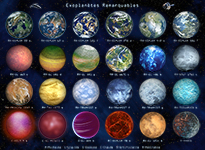 |
 |
 |
|
Remarkable Exoplanets |
Exoplanet Orbiting a
K-class
Dwarf Star |
TOI
1420 b |
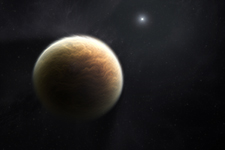 |
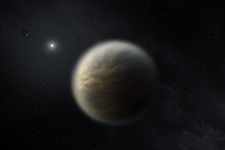 |
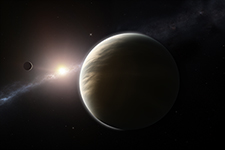 |
|
|
Kepler
51 b |
|
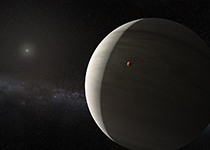
|

|
 |
|
Mini-Neptune
made of Helium |
TOI
1452 b |
 |
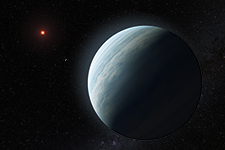
|
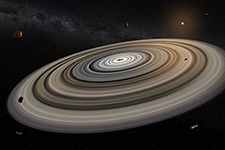
|
|
Gliese 581 c |
(Hycean)
Mini-Neptune K2-18 b |
J1407b |
 |
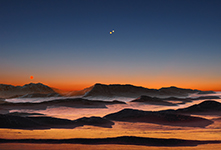 |
 |
|
Upsilon Andromedae |
Twilight
on Proxima b |
Proxima
b orbiting Proxima Centauri |
 |
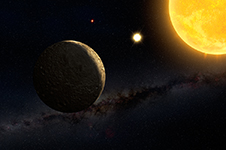 |

|
Proxima
c Centauri |
Alpha
Centauri Bb (to discover) |
Hot
Neptune Gliese 436 b, Behemoth |
 |

|
 |
Transits
in front of Trappist-1 |
Trappist-1
b, c, d |
Trappist-1 |
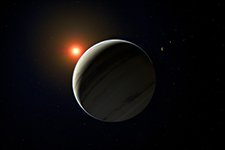 |

|
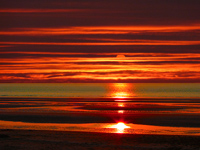
|
GJ
1214 b "Waterworld" (from space and at sea level) |
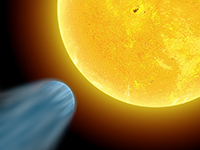
|
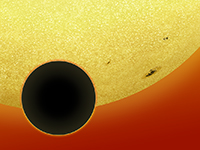
|
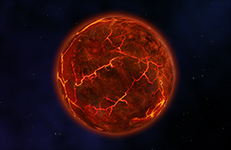 |
51 Pegasi
b (evaporating and transiting) |
Kepler
78 b |
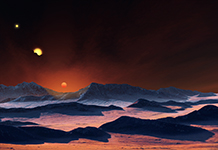 |
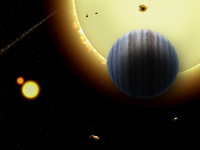 |
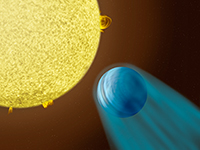 |
|
Tatooine
alias HD 188753 Ab Cygni |
Hot
Jupiter WASP 33 b |
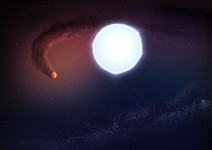
|

|
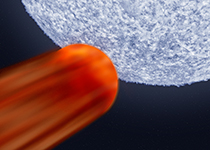
|
|
|
Hot
Jupiter KELT 9 b (HD 195689b) |
|
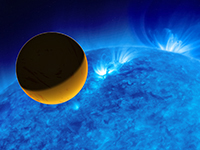 |

|

|
|
WASP 189
(in UV and dark) |
WASP 121 b |
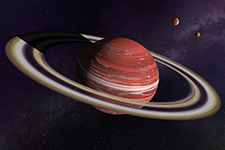
|
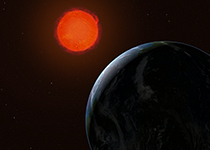 |
 |
HIP 41378 f |
Super-Earth
Gliese 251 b |
V391 Pegasi b |
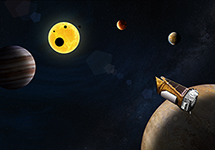 |
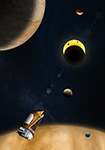 |
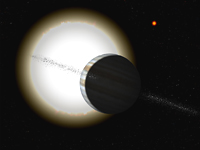
|
|
Kepler
90 and its 8 Exoplanets |
Tau Bootii |
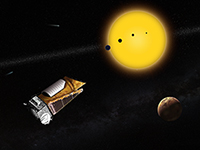 |
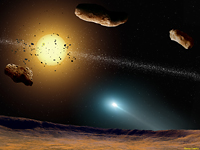
|

|
| Tau
Ceti (eclipsing and debris) |
HAT
P 11 b |
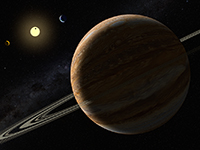
|

|
 |
47 Ursae Majoris |
"Thestias"
alias HD 62509 b in Orbit Around Pollux, b Geminorum |
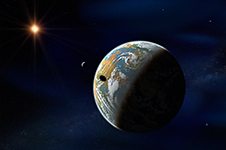
|
 |
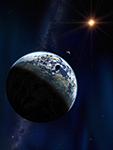 |
Kepler
22 b with a Moon |
The
Face of Kepler 22 b |
Kepler
22 b |

|
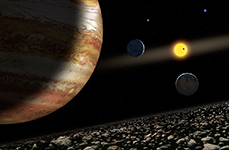
|
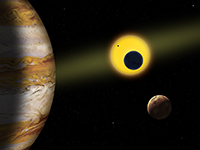
|
16 Cygni Bb |
55
Cancri and its Asteroid Belt |
Transits in Front of 55 Cancri |

|
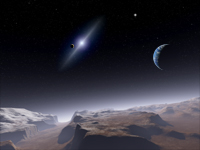
|
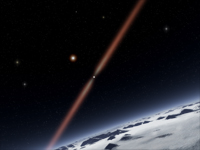 |
Brown
dwarf CFBDSIR J214947.2 |
PSR 1257+12 Virgo |
Methulselah,
PSR B1620-26 Sco |
|

|
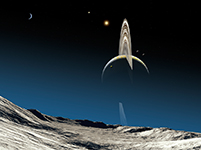
|
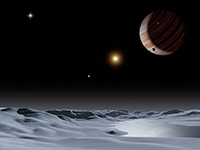
|
GJ
504 b alias 59 Virginis b |
HD 37124 Tauri |
Mu Arae |
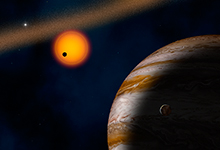
|
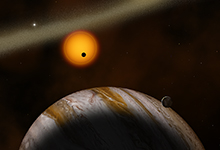
|
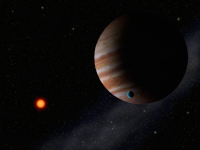 |
Epsilon Eridani |
Errai (g Ceph) and Gamma Cephei
b |
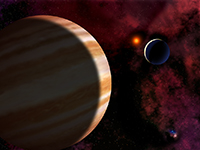
|
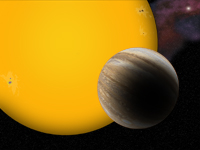
|
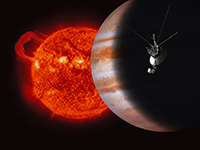
|
Lalande 21185 Ursa Majoris |
TrES-1 Lyrae |
Iota Draconis |
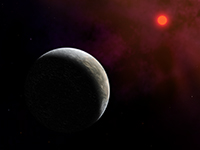
|
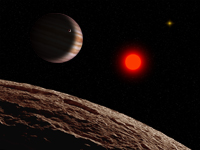
|
 |
OGLE-2005-BLG-390L
b |
Gliese 876 Aquarii |
CHXR 73B Cham |
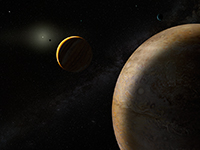
|
 |
 |
HD 10180 |
OGLE-2003-BLG-235L
b in Sagittarius |
| |
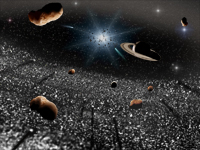
|
|
| |
Bêta Pictoris |
|
| |
Virtual Worlds |
|
|
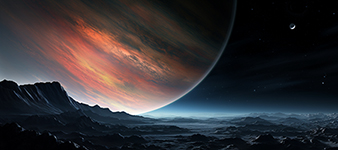
|
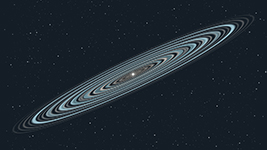
|
|
The Rocky Moon of a Hot Jupiter
|
Extrasolar
System |
|
|
 |
 |
 |
|
Stormy Exoplanet |
River
at Eve on a Habitable Exoplanet |
|
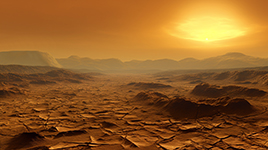
|
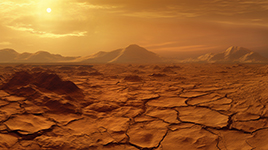
|
 |
|
Dried Up Lake on a Dying Exoplanet |
Habitable
Desert Exoplanet |
|
|
|
Habitable
Desert Exoplanet |
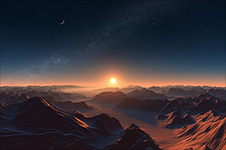 |
 |
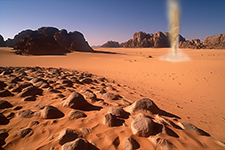 |
|
Habitable
Desert Exoplanet |
|

|

|
|
End of the Day on a Desert Exoplanet |
|
|

|
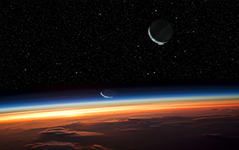
|
|
Icy
World |
Atmosphere of a Habitable Planet
|
|
|

|
 |

|
|
Hycean
Hot Mini-Neptune |
|

|

|
|
A
Living Earthlike Exoplanet at Night (Super-Earth, Water World
or Hycean World)
|
|
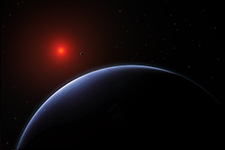 |
 |
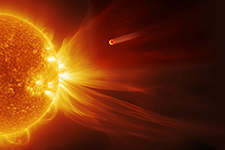 |
|
Exoplanet
Orbiting a M-Dwarf Star |
Earth II
|
Exoplanet
Burnt by its Dwarf Star |
|

|

|
 |
|
In
Orbit Around a Red Giant |
In
Orbit Around an AGB Red Giant |
In
Orbit Around a G-Star (yellow) |
 |
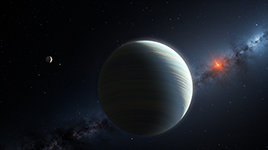
|
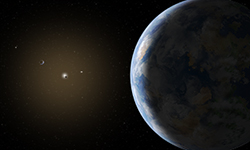 |
|
In
Orbit Around a Red Dwarf Binary |
Mini-Neptune
in Orbit Around a Red Dwarf |
A Near Planetary System |
|

|
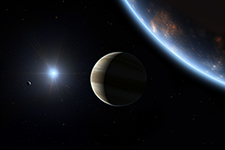
|
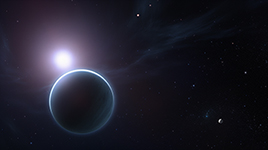 |
|
In Orbit Around a B-Star (blue) |
In
Orbit Around an A-Star (white) |
|
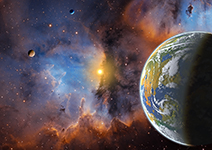
|
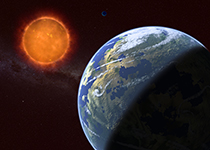 |
 |
|
Superhabitable Planet |
Orbiting
Around a dK-Star |
In
Orbit Around a M-Star (red) |
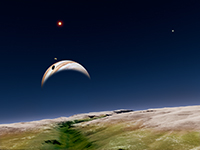 |
 |

|
A
Super-Earth |
Star
Setting on a Water World |
Binary
System |
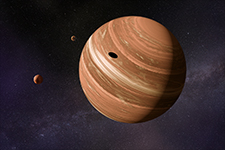 |
 |
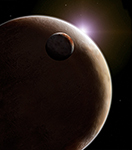 |
|
A
Giant Gazeous Exoplanet |
A
Gazeous Giant |
A
Giant Rocky Exoplanet |
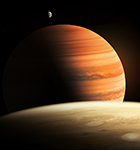 |
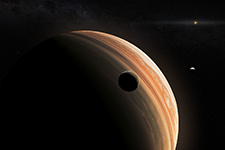 |
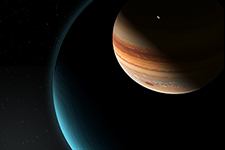 |
|
Quadruple Planetary Conjunction
|
Out
of the Darkness
|
On
the Terminator
|
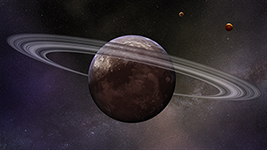
|
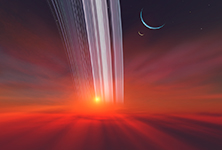 |
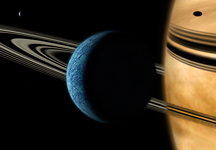
|
A Ringed Rocky Exoplanet |
A
Gazeous Ringed Exoplanet |
Shadow
and Light |
|
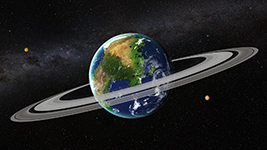
|
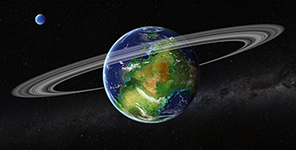 |
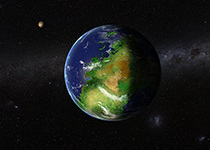 |
|
A Ringed Super-Earth |
A
10-Earth Mass Super-Earth |
 |
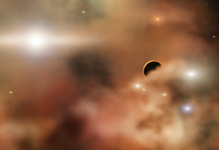 |
 |
Planetary System |
Born from Dust |
End of a World |

|
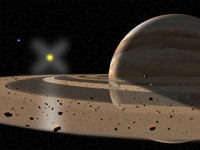
|
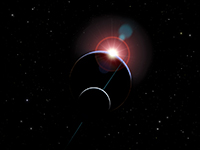
|
|
Conjunctions
in a distant galaxy |
Over Rings |
On the Night Side |